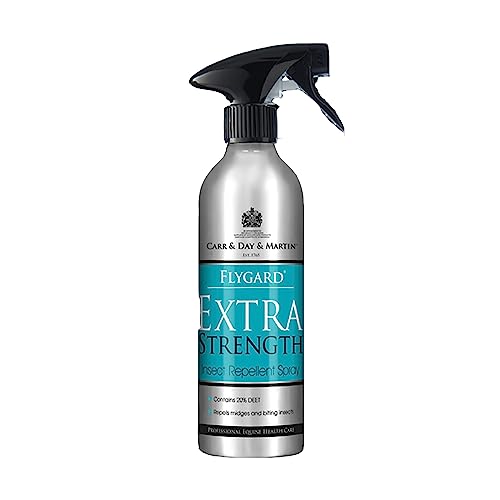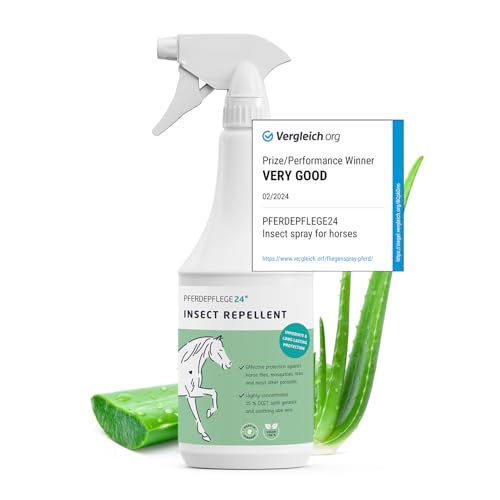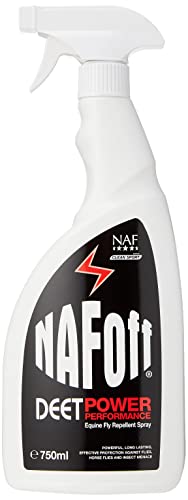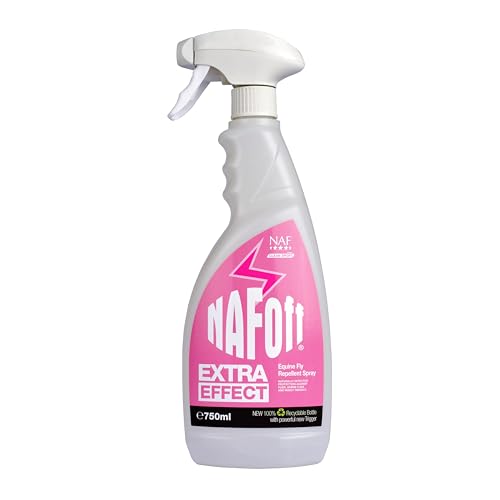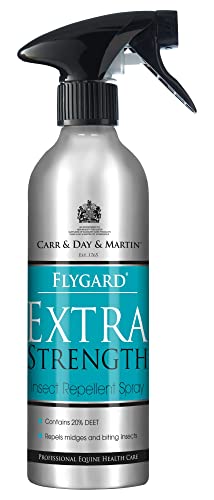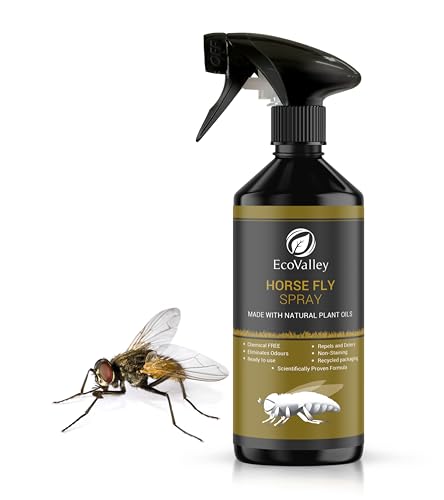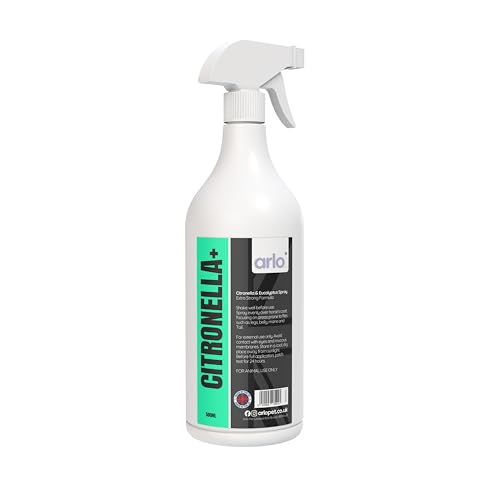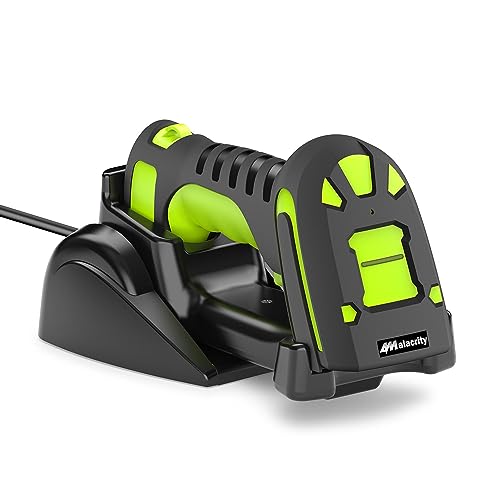Understanding the Importance of Fly Spray for Horses: What Every Horse Owner Should Know
Why Fly Spray Matters for Your Horse’s Well-being
As horse owners, we all want to ensure our animals are comfortable and healthy. Flies can be more than just a nuisance; they can cause stress, discomfort, and even health issues for our horses. Using fly spray effectively can be an essential part of maintaining our horse’s well-being, particularly during the warmer months when flies are most active. It not only helps keep flies at bay but also protects horses from potential diseases transmitted by these pests.
Key Ingredients to Look For: Ensure the Safety and Effectiveness of Your Fly Spray
What Ingredients Make A Difference
When selecting a fly spray, it’s important to look for specific active ingredients that are known for their effectiveness. Natural ingredients like pyrethrins, derived from chrysanthemum flowers, and oils from citronella or eucalyptus can repel flies without the harsh chemicals found in some synthetic options. Additionally, certain fly sprays include soothing agents such as aloe vera or lanolin, which can help to moisturise and protect your horse’s skin from irritation caused by biting insects. Always read the label to ensure that the fly spray you choose is safe and appropriate for use on horses.
Applying Fly Spray Effectively: Tips for Keeping Your Horse Comfortable
Technique Matters
The way we apply fly spray can significantly influence its effectiveness. Start by brushing your horse to remove dirt and debris, allowing the spray to work better. Apply the spray evenly, holding the can about 30 cm away from your horse’s body to avoid a concentrated area that could lead to skin irritation. Be sure to cover common areas like the neck, belly, and legs. It can be helpful to shield sensitive areas such as the eyes and nose, either by apply the spray to your hands first, then applying it with your hands, or by using a cloth dampened with the spray. Remember that consistent application is key, so aim to apply it every few hours or as indicated on the product instructions, especially after riding or bathing your horse.
Top Fly Spray Options in 2023: Our Recommendations Based on User Reviews
Select the Right Fly Spray for Your Needs
In 2023, several fly sprays have received positive feedback from users, each catering to different needs. For those looking for a strong, synthetic option, a spray containing permethrin may be ideal, as it is known for its long-lasting efficacy. On the other hand, if you prefer a more natural approach, consider a product featuring essential oils such as lemongrass or tea tree oil. For instance, products like a concentrated formula can serve a dual purpose, as a fly repellent and a conditioner, which saves time and keeps your horse well-groomed. Always check user reviews and see what other horse owners have found most effective in their own experiences.
Maintaining a Fly-Free Environment: Additional Steps Beyond Fly Spray
Complete Your Fly Control Strategy
Focusing solely on fly spray can limit your success in managing fly populations. We should also implement additional strategies for a comprehensive fly control plan. Regular cleaning of the stable and grazing areas is crucial; removing manure and uneaten feed reduces fly breeding grounds. Installing fly traps and bug zappers can effectively reduce the overall fly population around your horse. Furthermore, keeping your horse’s living space well-ventilated will help prevent flies from settling. Consider using fly sheets or masks as supplementary protection. By combining these methods with fly spray, we can create a fly-free and comfortable environment for our horses.






